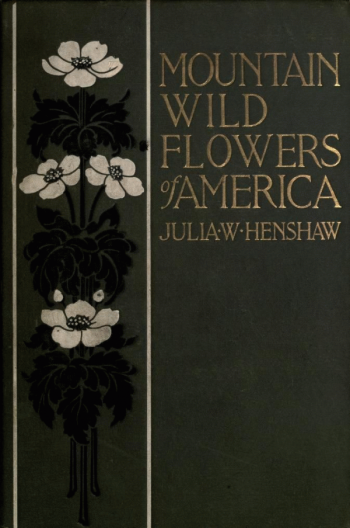 Photography was a major innovation for field guides in the early 20th century. Julia W. Henshaw (1869-1937) was an early adopter with her 1906 book “Mountain Wild Flowers of America.” While this title implies inclusion of alpine plants across Canada and the United States, she lived in Vancouver, BC and gives special attention to our regional mountains. The Miller Library also has a later edition (1917) under the slightly revised title of “Wild Flowers of the North American Mountains.”
Photography was a major innovation for field guides in the early 20th century. Julia W. Henshaw (1869-1937) was an early adopter with her 1906 book “Mountain Wild Flowers of America.” While this title implies inclusion of alpine plants across Canada and the United States, she lived in Vancouver, BC and gives special attention to our regional mountains. The Miller Library also has a later edition (1917) under the slightly revised title of “Wild Flowers of the North American Mountains.”
Born in England, she studied art in her home country, but didn’t take up photography until she moved to British Columbia around 1890. Her images are in a studio setting, in grey scale with a neutral grey background. Ordered by color, it is not too difficult to imagine the appearance of the living plants.
Like other writers of these early field guides, Henshaw had abundant energy and a wide variety of interests. Daphne Bramham writes in the “Vancouver Sun” (published September 8, 2014) that she was “an explorer and general outdoorswoman” who climbed in the Rockies and mapped much of the interior of Vancouver Island. A strong advocate participation in World War I, she drove an ambulance at the Western Front in Europe, and spoke across Canada of her experience to encourage more involvement in the war effort. She had her indoor pursuits, too, as a theater critic (using Julian Durham as a pseudonym), writing novels, and founding a social club for women, the first such society in Vancouver.
Other than the use of photographs, this field guide is very similar in style to the others of the time. The writing is intended for a general audience, but Henshaw acknowledges a respectable list of botanists and naturalists as scientific advisors. However, she is at her best with her subjective descriptions. In reference to Erythronium giganteum (now E. grandiflorum var. grandiflorum), which in her day was burdened with the common name of “yellow adder’s tongue” (now “glacier lily”) she writes, “Late at evening, when beneath the star-sown purple of the sky you return from making some alpine ascent, the pure flames of these wild Lilies gleam in their leafy setting with a pale golden light, and illuminate the green brink of your path.”
Excerpted from the Winter 2020 issue of the Arboretum Bulletin
 “On the very top of the mound grew this fine salmon blossom, and a few feet away a bed of tall pink grass, the finest I had ever seen. It waved and nodded in the warm breeze, as if inviting me to select its finest bunch to keep company with the pretty white blossoms that had been its neighbors, and from whom it was loth to part company.”
“On the very top of the mound grew this fine salmon blossom, and a few feet away a bed of tall pink grass, the finest I had ever seen. It waved and nodded in the warm breeze, as if inviting me to select its finest bunch to keep company with the pretty white blossoms that had been its neighbors, and from whom it was loth to part company.”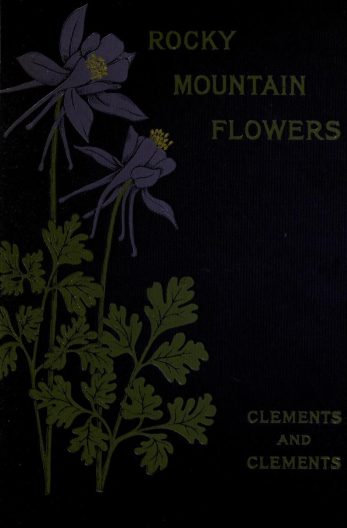 Unusual for her time, Edith Clements (1874-1971) had a formal botanical education; she received a Ph.D. in botanical ecology from the University of Nebraska, and spent her life in various academic and research pursuits. Typically this was in conjunction with her husband, Frederic Clements (1874-1945), who was also a plant ecologist. Together, they published “Rocky Mountain Flowers” in 1914, a botanically detailed flora of the flowering plants including trees, but no conifers or ferns. This is not a field guide, but the watercolor illustrations by Edith Clements are exquisite, typically showing several plants from the same family together. On her own, she later published “
Unusual for her time, Edith Clements (1874-1971) had a formal botanical education; she received a Ph.D. in botanical ecology from the University of Nebraska, and spent her life in various academic and research pursuits. Typically this was in conjunction with her husband, Frederic Clements (1874-1945), who was also a plant ecologist. Together, they published “Rocky Mountain Flowers” in 1914, a botanically detailed flora of the flowering plants including trees, but no conifers or ferns. This is not a field guide, but the watercolor illustrations by Edith Clements are exquisite, typically showing several plants from the same family together. On her own, she later published “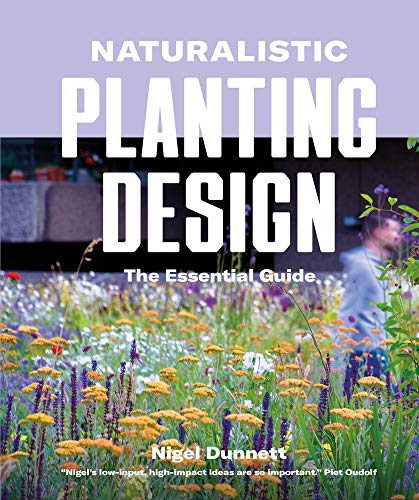
 O’Brien wrote “In The Footsteps of Joseph Dalton Hooker” about his trips to Sikkim, skillfully weaving his travel stories around a biography of Hooker’s trip. “Unlike Hooker, our mission was not to collect, but to study and compare places he visited and to record how they had fared and appeared over 160 years later. In some ways Sikkim has changed little over the course of time.”
O’Brien wrote “In The Footsteps of Joseph Dalton Hooker” about his trips to Sikkim, skillfully weaving his travel stories around a biography of Hooker’s trip. “Unlike Hooker, our mission was not to collect, but to study and compare places he visited and to record how they had fared and appeared over 160 years later. In some ways Sikkim has changed little over the course of time.”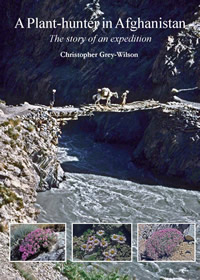 Christopher Grey-Wilson is a major author in the Miller Library collection with twenty-four books he either wrote or edited. Many focus on a specific plant such as cyclamen, pasque-flowers, saxifrages, or poppies of the genus Meconopsis. Others are excellent guides to alpine and rock garden plants. As you read these books, you learn that he has considerable experience as a plant explorer. In “A Plant-hunter in Afghanistan,” he provides a detailed and fascinating account of his nine months of plant exploring through southern Iran and Afghanistan in 1971.
Christopher Grey-Wilson is a major author in the Miller Library collection with twenty-four books he either wrote or edited. Many focus on a specific plant such as cyclamen, pasque-flowers, saxifrages, or poppies of the genus Meconopsis. Others are excellent guides to alpine and rock garden plants. As you read these books, you learn that he has considerable experience as a plant explorer. In “A Plant-hunter in Afghanistan,” he provides a detailed and fascinating account of his nine months of plant exploring through southern Iran and Afghanistan in 1971.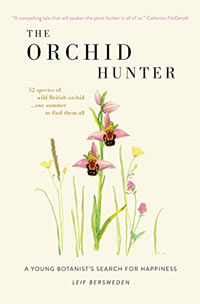 Taking a gap year between college and graduate school is often a time for young students to explore distant parts of the world, perhaps to donate their time to a devoted cause, or to learn a different culture. Very few spend the time botanizing. This is what makes Leif Bersweden’s story so interesting. At age seven, he found his first orchid: “Mum, this flower looks just like a bee.” From this simple beginning, a passion grew, and he decided to spend his gap year tracking down and photographing all 52 native species of Orchidaceae in Great Britain and Ireland. He relates his story in “The Orchid Hunter: A Young Botanist’s Search for Happiness.”
Taking a gap year between college and graduate school is often a time for young students to explore distant parts of the world, perhaps to donate their time to a devoted cause, or to learn a different culture. Very few spend the time botanizing. This is what makes Leif Bersweden’s story so interesting. At age seven, he found his first orchid: “Mum, this flower looks just like a bee.” From this simple beginning, a passion grew, and he decided to spend his gap year tracking down and photographing all 52 native species of Orchidaceae in Great Britain and Ireland. He relates his story in “The Orchid Hunter: A Young Botanist’s Search for Happiness.”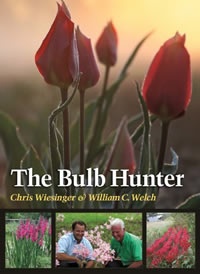 I received at an early age a birthday present of a dozen gladiolus corms. The results – plants taller than I was, with brilliant colors – were enthralling and made me a life-long bulb (more accurately: geophyte) enthusiast. For author Chris Wiesinger, it started with a single red tulip bulb. He planted “his little rock” in his Central Valley of California home and forgot it. The next spring “something magical had occurred; my living rock had turned into the most striking red tulip.”
I received at an early age a birthday present of a dozen gladiolus corms. The results – plants taller than I was, with brilliant colors – were enthralling and made me a life-long bulb (more accurately: geophyte) enthusiast. For author Chris Wiesinger, it started with a single red tulip bulb. He planted “his little rock” in his Central Valley of California home and forgot it. The next spring “something magical had occurred; my living rock had turned into the most striking red tulip.”![[Outdoor Learning Environments] cover](https://depts.washington.edu/hortlib/graphix/outdoorlearningenvironments.jpg)
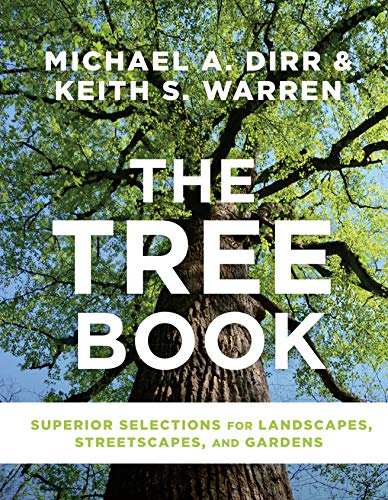 Michael Dirr is the guru of woody plants. Beginning in 1975, his “Manual of Woody Landscape Plants” – through six editions as of 2009 – has been required reading for any horticultural student. These books are very technical and rely on line drawings to illustrate their subjects.
Michael Dirr is the guru of woody plants. Beginning in 1975, his “Manual of Woody Landscape Plants” – through six editions as of 2009 – has been required reading for any horticultural student. These books are very technical and rely on line drawings to illustrate their subjects.